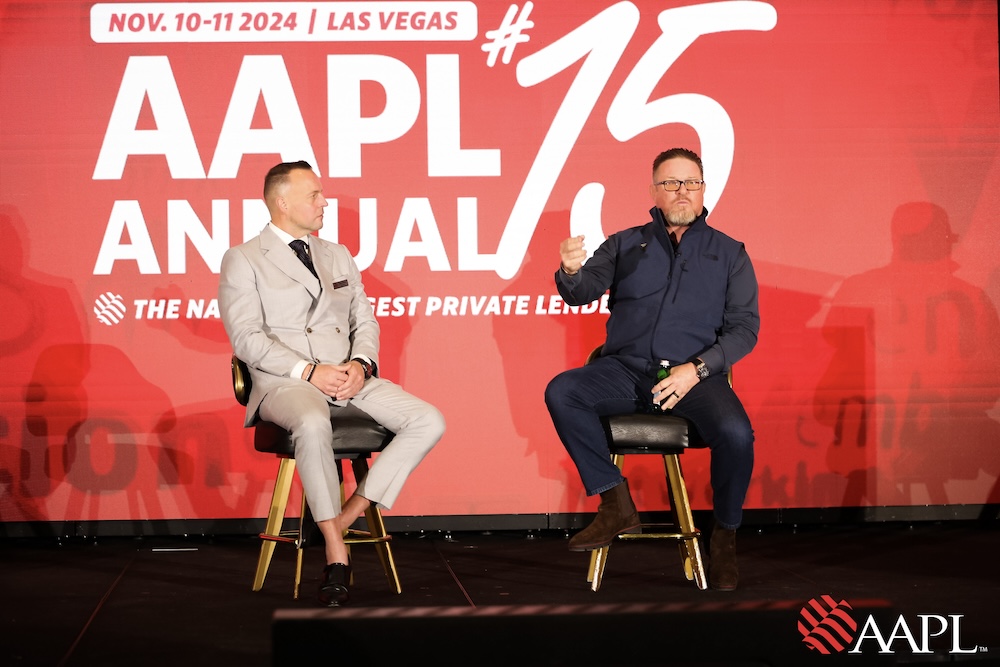Selling notes to IRA investors is similar to selling notes to an individual, with one large exception: The self-directed IRA ecosystem lacks direct methods to get in front of account holders.
An IRA (whether traditional or Roth, SEP or SIMPLE) can purchase existing notes. So can a Solo 401(k) or an HSA (health savings account). The IRS allows these accounts to participate in debt investments of all kinds.
It is worth noting that the IRS does have a prohibition that restricts an IRA from purchasing a note from “disqualified persons” (i.e., the IRA holder, their spouse, and their lineal ascendants and descendants; the descendant’s spouses; and any fiduciaries to the plan). Notwithstanding that short list of prohibited sellers, the IRA can purchase a note, with or without collateral and of any length term from a private lender.
Selling a note, or a package of several notes, to an IRA is not significantly different from selling to a person, company or other entity. The IRS does not actively participate in the IRA holder’s choice of investments, nor does the account’s custodian. So, your customer is simply the account holder (and their financial team if they use one) who is the decision maker for the account.
What Is an IRA Investor Looking to Buy?
Since IRA holders have different levels of expertise, risk tolerance and expected investment returns for their accounts, there is no one answer to this question. Here are a few things to consider about your potential buyer:
The note itself will need to match the experience level of the IRA investor.
Generally, notes are an excellent match for IRA investors. Most people in the U.S. have had some experience with debt. Usually their experience includes getting a loan for a home, education, a business, etc. Basic concepts like interest rate, collateral and repayment schedule are familiar to them.
Performing notes will likely be easier for IRA investors to understand. Saying to a potential buyer something like “This is the existing note, and here is the performance to date” is intuitive and compelling. In addition to the ease of comprehension, assuming the note continues to perform, there is not much work required on the part of the IRA holder.
On the other hand, the draw of non-performing notes for an IRA investor is most likely to be the discount. Savvy IRA investors are actively looking for premium returns, and the possibility of combining that return in a tax-advantaged account is a primary goal.
The expertise of IRA holders may affect whether they are interested in performing notes or non-performing notes. Although having a note in one’s IRA demands minimal attention on the part of the account holder, buying non-performing notes may only be for IRA holders who have experience renegotiating the terms of a note and the desire to perform the renegotiation or foreclose. This may be an arena where private lenders choose to sell non-performing notes to other private lenders’ IRAs or 401(k)s.
An advantage of self-directed IRAs and 401(k)s is the IRA holder gets to use personal expertise to create an investment strategy for the account. One of the restrictions, noted previously, is the IRA can’t purchase a note the account holder (or their business entity) already owns. But there is no prohibition for the lender to sell their note to another lender’s IRA or Solo 401(k). A transaction between lenders can result in wins all the way around. The original lender sells their note and gets cash to lend out again. The IRA holder lender whose account buys the note gets an investment they understand and can manage using their expertise.
A non-performing note fund (see “Designing Nonperforming Note Funds” in the second quarter 2020 edition of Private Lender magazine) will also be attractive to an IRA investor who is looking for a passive asset. In this scenario, the IRA holder is commonly going to be vetting the people running the fund’s operation rather than evaluating each note. The IRA gets to participate in the benefits of buying discounted notes but does not necessarily need to have great skill or experience with resolving a note that has gone off track.
The repayment schedule will need to match the timetable of the IRA holder.
Since notes yield periodic returns, they match well with IRA holders who are taking distributions, but they may not be as desirable for someone who is not taking distributions.
Imagine you are an IRA holder who is older than 59.5 years old (the threshold age after which the person can take distributions from their IRA without penalty) and you need income from your account for living expenses. This scenario is an excellent match for a note. By having this asset, the IRA could be receiving payments from the borrower monthly, which are then distributed to the account holder monthly (or quarterly, annually, etc.). This is an attractive match for the IRA holder.
Conversely, an IRA holder who is in their 40s and not interested in taking distributions may view a note with monthly cash payments coming into their IRA as a burden since that cash now needs to be reinvested (i.e., more work the for the account holder). That said, ROI is king. If the return is superior to that account holder’s other investment opportunities, it won’t matter how old the person is.
How Do I Find IRA Investors?
This question points to a glaring hole in the self-directed ecosystem. Most companies that provide self-directed IRAs,HSAs and Solo 401(k)s maintain a business model that occupies a relatively restrictive spot in the business landscape. Investment advice neutrality is a cornerstone for the IRA provider, allowing them to offer their account services without having to fulfill the regulatory obligations associated with giving financial advice. While this means that IRA account fees can be quite economical, it also means the IRA provider can’t connect their client base to investment opportunities. The net effect is that a company in the logical spot to help lenders access IRA investors can’t perform that function.
So, to answer the question, finding IRA investors is most often accomplished via direct communication either with your existing sphere of clients and contacts or by accessing a community, live or online, such as a local Meetup group or REIA. There are also innovative online resources (e.g., privatelenderlink.com has an investments directory) available to connect investors with entities that offer investments. Having found a group that includes IRA investors, remember there are a surprising number of Americans who still don’t know their IRA can invest in assets other than publicly traded stocks, mutual funds, etc. You may be the person who introduces the concept to them.
In fact, introducing the IRA investment concept to people who have already invested with you using their personal funds can be a most effective strategy. They already know how to buy notes. They already know you. They may just need to know that their tax-advantaged account can participate without jeopardizing the tax benefits.
If you are selling to an IRA investor, it is worth noting that the IRA custodian is typically involved in the transaction—both the paperwork and the disbursement of funds. So, you may want to plan on the process taking a little extra time. That said, IRAs and Solo 401(k)s have billions of dollars of investable cash in them, and selling notes to IRA investors is very similar to selling notes to an individual. In both cases, it is a person making a financial decision to purchase the note you are selling.











Leave A Comment